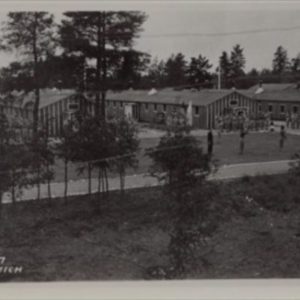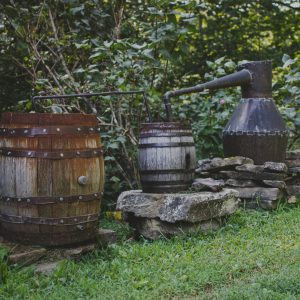The 1881 Discovery That Sparked Michigan’s Mining Dreams If you think Michigan’s Upper Peninsula is only famous for copper and iron, think again. On this day in history—May 17, 1881—Julius Ropes, a local chemist from Marquette, unearthed something that would ignite dreams of fortune and glory: gold. Ropes had been studying rock samples in the area and noticed traces of gold and silver. When he discovered a gold-bearing quartz vein just outside Ishpeming, it wasn’t long before the Ropes Gold and Silver Company was formed and the U.P. got its very own gold rush. The Ropes Mine was the only… Read More »













